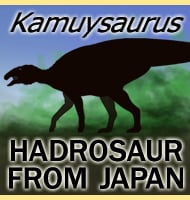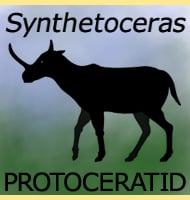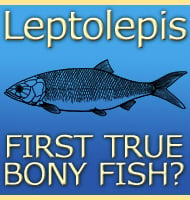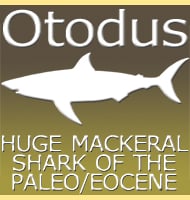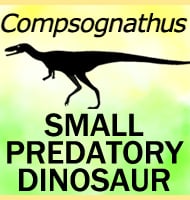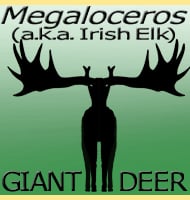In Depth
Afropithecus is one of the better known primates of Miocene era Africa and the current fossils for this primate suggest that it was similar to the even more numerous Proconsul. However despite a body similarity to Proconsul, Afropithecus is thought to have had a head more like Aegyptopithecus (which may actually be Propliopithecus) and teeth similar to Heliopithecus, the latter of which has actually been considered by some to be a synonym of Afropithecus.
Most of the study done about Afropithecus has been about its teeth, particularly the thickness of the tooth enamel. Enamel thickness is seen to vary considerably over different parts of the teeth, but generally Afropithecus is regarded as having thick enamel. Since Afropithecus predates the previous oldest known thick enamelled primate, Kenyapithecus, it is now regarded as the oldest known primate to have this feature. Combined with the primitive features of the face, Afropithecus is thought to have had a diet composed of mostly hard fruits.
The species name of A. turkanensis means ‘from Turkana’, a reference to Lake Turkana where the first Afropithecus remains were discovered in 1986.
Further Reading
– Morphology of Afropithecus turkanensis from Kenya. – American Journal Physical Anthropology 76 (3): 289–307. – R. E. Leakey, M. G. Leakey & Dr. A. C. Walker – 1988. – Similarities in Aegyptopithecus and Afropithecus Facial Morphology. – Folia Primatologica. 56 (2): 65–71. – M. G. Leakey, R. E. Leakey, J. T. Richtsmeier, E. L. Simons & A. C. Walker – 1991. – Age at first molar emergence in early Miocene Afropithecus turkanensis and life-history evolution in the Hominoidea. – Journal Human Evolution 44 (3): 307–29. – J. Kelley & T. M. Smith – 2003. – Enamel thickness, microstructure and development in Afropithecus turkanensis. – Journal Human Evolution 44 (3): 283–306. – T. M. Smith, L. B. Martin & M. G. Leakey – 2003. – Dental metric comparisons of Morotopithecus and Afropithecus: implications for the validity of the genus Morotopithecus. – Journal Human Evolution 51 (5): 506–12. – B. A. Patel & A. Grossman – 2006. – Re-evaluating the diets of Morotopithecus bishopi and Afropithecus turkanensis: An anterior dentognathic perspective”. Journal of Human Evolution. 112: 1–14. – Andrew S. Deane – 2017.

